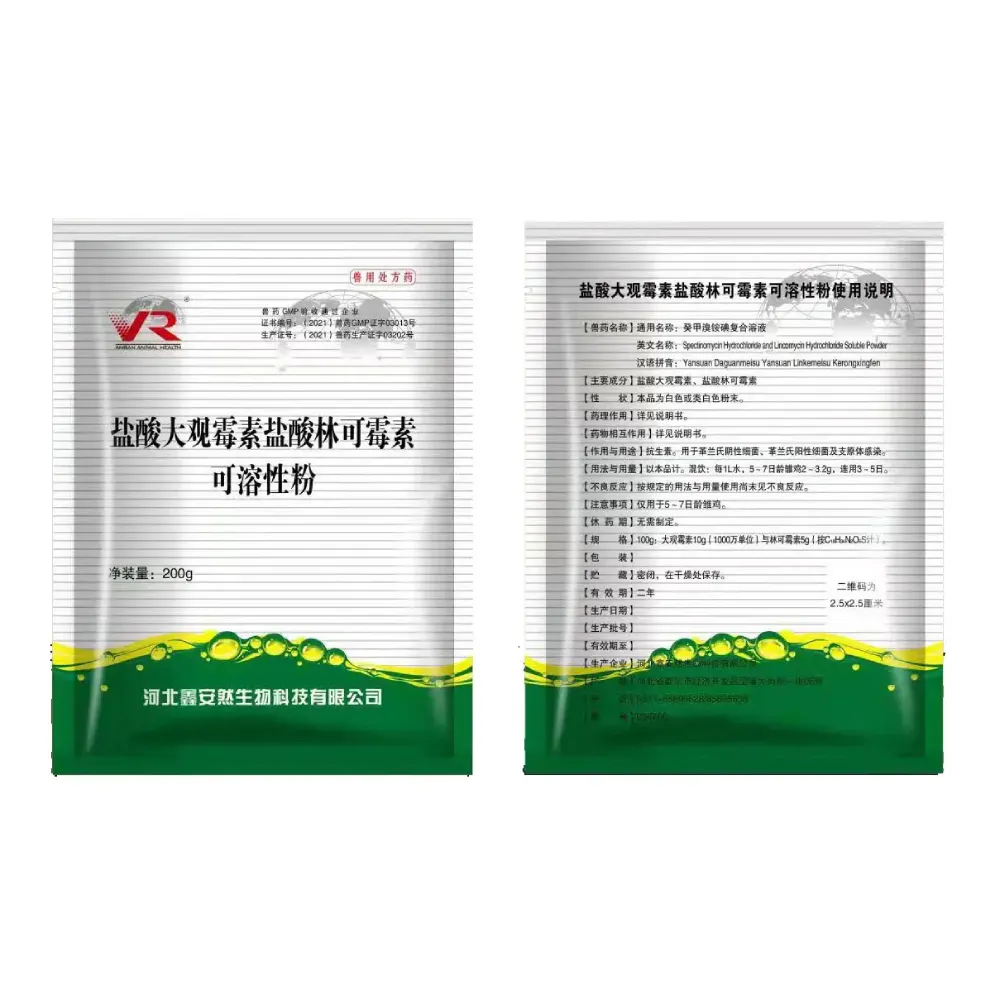- Afrikaans
- Albanian
- Amharic
- Arabic
- Armenian
- Azerbaijani
- Basque
- Belarusian
- Bengali
- Bosnian
- Bulgarian
- Catalan
- Cebuano
- Corsican
- Croatian
- Czech
- Danish
- Dutch
- English
- Esperanto
- Estonian
- Finnish
- French
- Frisian
- Galician
- Georgian
- German
- Greek
- Gujarati
- Haitian Creole
- hausa
- hawaiian
- Hebrew
- Hindi
- Miao
- Hungarian
- Icelandic
- igbo
- Indonesian
- irish
- Italian
- Japanese
- Javanese
- Kannada
- kazakh
- Khmer
- Rwandese
- Korean
- Kurdish
- Kyrgyz
- Lao
- Latin
- Latvian
- Lithuanian
- Luxembourgish
- Macedonian
- Malgashi
- Malay
- Malayalam
- Maltese
- Maori
- Marathi
- Mongolian
- Myanmar
- Nepali
- Norwegian
- Norwegian
- Occitan
- Pashto
- Persian
- Polish
- Portuguese
- Punjabi
- Romanian
- Russian
- Samoan
- Scottish Gaelic
- Serbian
- Sesotho
- Shona
- Sindhi
- Sinhala
- Slovak
- Slovenian
- Somali
- Spanish
- Sundanese
- Swahili
- Swedish
- Tagalog
- Tajik
- Tamil
- Tatar
- Telugu
- Thai
- Turkish
- Turkmen
- Ukrainian
- Urdu
- Uighur
- Uzbek
- Vietnamese
- Welsh
- Bantu
- Yiddish
- Yoruba
- Zulu
Jul . 31, 2024 21:41 Back to list
Determining the Appropriate Injectable Ivermectin Dosage for Goat Health Management and Treatment
Ivermectin Injectable Dose for Goats A Comprehensive Guide
Ivermectin is an antiparasitic medication widely used in veterinary medicine to manage and prevent a variety of parasitic infections in livestock, including goats. Effective against a range of internal and external parasites, ivermectin plays a crucial role in ensuring the health and productivity of goat herds. However, determining the correct dosage and administration route is vital for the safety and efficacy of the treatment.
Understanding Ivermectin
Ivermectin belongs to a class of drugs known as macrocyclic lactones. It works by binding to specific receptors found in the nerve and muscle cells of parasites, leading to paralysis and death of the parasites. Aside from its effective antiparasitic properties, ivermectin is also used for the treatment of certain ectoparasites like mange mites and lice.
Injectable Ivermectin Dosage for Goats
The standard injectable dosage of ivermectin for goats is generally around 200 micrograms per kilogram (µg/kg) of body weight. This means that for every kilogram a goat weighs, it should be administered 200 µg of ivermectin. It is crucial to accurately weigh the goat to ensure proper dosage, as under-dosing may lead to ineffective parasite control while overdosing can result in toxicity and adverse reactions.
For practical application, if you are administering ivermectin injectable solution that comes in a concentration of 1% (10 mg/mL), the calculation for a goat weighing 50 kg would be
1. Calculate the required dose \[ \text{Dose} = \text{Weight of Goat} \times \text{Dosage per kg} = 50\,kg \times 200\,\mu g/kg = 10,000\,\mu g = 10\,mg \]
ivermectin injectable dose for goats

2. Determine the volume to administer \[ \text{Volume} = \frac{\text{Dose}}{\text{Concentration}} = \frac{10\,mg}{10\,mg/mL} = 1\,mL \]
Thus, a 50 kg goat would require 1 mL of the 1% injectable ivermectin.
Administration Guidelines
Ivermectin can be administered via subcutaneous injection, which is the recommended method for goats. It is important to select an appropriate site for the injection, typically in the loose skin behind the shoulder or in the flank region. Proper injection technique should be followed to minimize discomfort and prevent complications, such as abscess formation.
Safety and Precautions
While ivermectin is generally safe for goats when used correctly, there are some precautions to consider. Pregnant and lactating goats should be treated with caution, and it is advisable to consult with a veterinarian regarding the use of ivermectin in these cases. Additionally, always review any withdrawal times for meat and milk, as ivermectin can be excreted in these products.
Conclusion
Ivermectin is a vital tool in the management of parasites in goats, contributing significantly to their overall health and productivity. Understanding the correct dosage, administration route, and safety precautions is paramount for effective treatment. To ensure the best outcomes, goat owners are encouraged to work closely with a veterinarian for individualized care and recommendations tailored to their specific herd needs. Proper management practices, including regular parasite monitoring and adhering to treatment protocols, will ultimately lead to healthier goats and a more productive farming operation.
-
Guide to Oxytetracycline Injection
NewsMar.27,2025
-
Guide to Colistin Sulphate
NewsMar.27,2025
-
Gentamicin Sulfate: Uses, Price, And Key Information
NewsMar.27,2025
-
Enrofloxacin Injection: Uses, Price, And Supplier Information
NewsMar.27,2025
-
Dexamethasone Sodium Phosphate Injection: Uses, Price, And Key Information
NewsMar.27,2025
-
Albendazole Tablet: Uses, Dosage, Cost, And Key Information
NewsMar.27,2025













